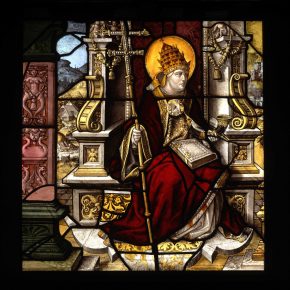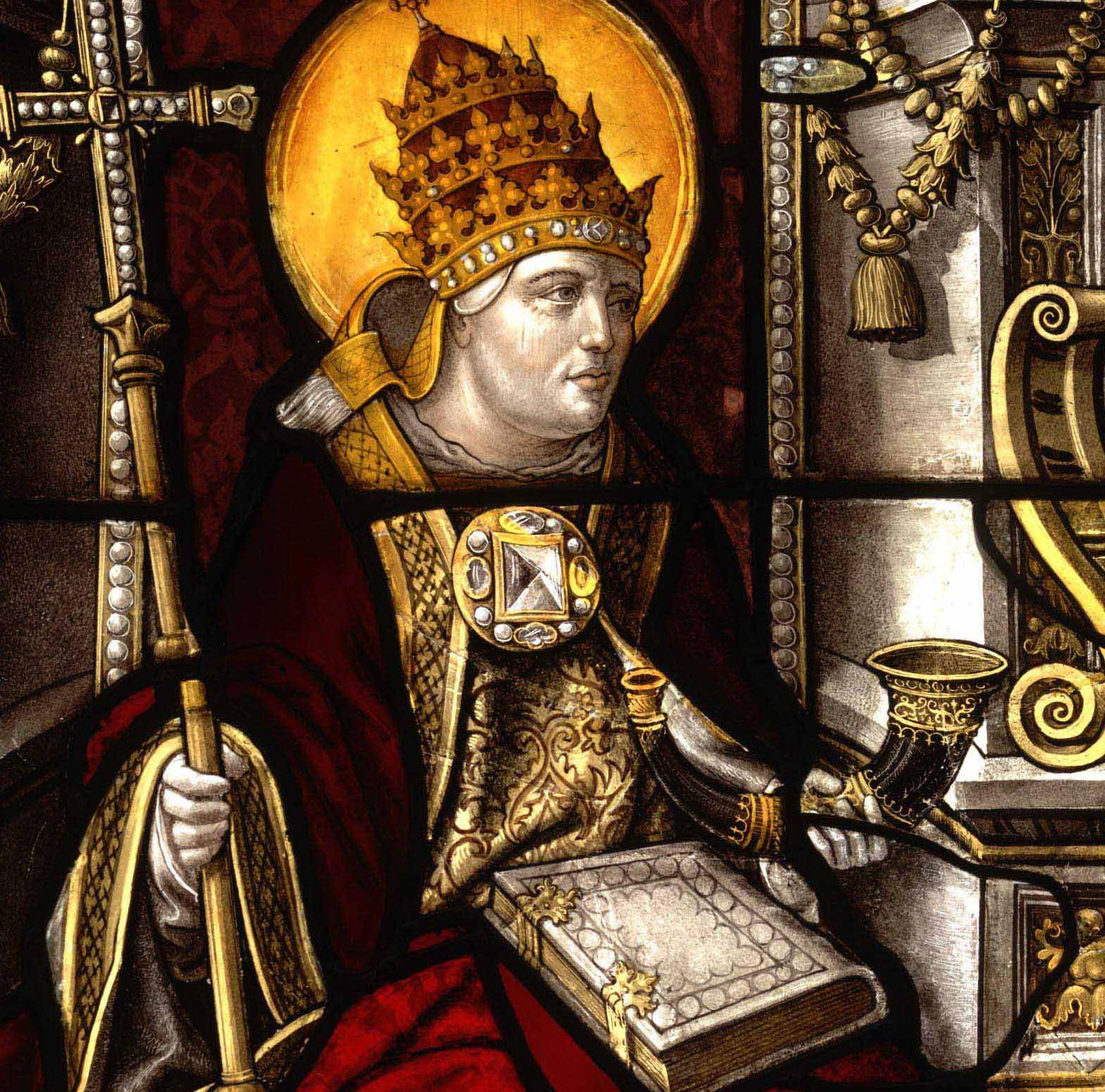Pope Cornelius’ short reign in the middle of the 3rd century (251 – 253) was consistent with the tradition of early Christian leaders being a generally unlucky bunch. Some of the age’s biggest cheeses were against him: two Roman Emperors and an Antipope.
Literary evidence suggests that Cornelius was not born to a wealthy family; extant writings appear in a form of colloquial Latin, rather than Greek or the more formal Latin which would have expected of a theologian (which he was not), suggesting he lacked a sophisticated education. Indeed, even his burial place is suggestive of a man of humbler status – his earthly remains (for the most part) reside in the Roman catacombs rather than the Chapel of the Popes. This could also reveal, in part, the opposition that Cornelius suffered from Novatian, the first Antipope, who was known to have been both a wealthy and well-educated man (he was reportedly the first Stoic to convert to Christianity).
Cornelius was elected in the midst of a raft of persecutions by the Emperor Decius (reigned 249 – 251). This suppression had begun as result of Decius’ fears concerning public morals. He sought to reaffirm the supremacy of the Roman pantheon over alternative gods with a view to winning back the favour of the native deities. The Christian population of the Empire had been popeless for 14 months following the martyrdom (another one!) of Pope Fabian in 250. Straight away Cornelius clashed with Novatian, who had expected to become Pope, over the matter of rebaptism of Christians who had ceased to practice their religion during the persecutions (a matter finally settled by Sixtus II, five blog posts ago). Annoyed, Cornelius tried to bully Novatian with the support of 60 bishops at a synod held at Rome in October 251 and excommunicated him, though the latter had already had himself consecrated as a rival to St. Peter’s throne.
Emperor Decius was killed in June 251 but his successor, Trebonius Gallus, picked up where he left off in June 252 with another round of persecutions. Cornelius was exiled to Civitavecchia where he died from the hardships he suffered or, as some say, from having his head cut off. The detachment of his bonce may account for its travel to Germany in 875, where it became the centrepiece of Kornelimünster Abbey, near Aachen. Cornelius was widely venerated here and was considered a local patron saint of lovers after his devotional statue miraculously blessed the marriage of a desperate young pair.
The saint is shown here on a stained glass panel originating from the Lower Rhine, currently on display in the Medieval and Renaissance galleries. We know that this guy is Cornelius because he is a) dressed as a pope, b) it probably comes from the Rhineland, and c) the figure is holding a horn. To explain point c), The name Cornelius is etymologically descended from ‘battle-horn’, hence this token. Alternatively, he is shown with a cow standing near him (mooing in praise?). Cornelius is the patron saint of earache sufferers (perhaps because of his arguments with Novatian), domestic animals, cattle and, unsurprisingly, the town of Kornelimünster.


At a time when Christians are being killed for their faith in large numbers in Iraq, is it really appropriate for the V&A to be so flippant about Christian martyrdom (“Cornelius was exiled to Civitavecchia where he died from the hardships he suffered or, as some say, from having his head cut off. The detachment of his bonce may account for its travel to Germany in 875”).
Would the V&A have published such a flippant post about Muhammad or a Jewish leader, or is it just Christians who receive this sort of lack of respect?
Hello Noel, this blog is not intended to be taken as the view of the institution, it is supposed be an irreverent and personal exploration of some of the less well-known characters from the history of Christianity who appear on objects from the V&A’s collection. The Museum does not align itself politically or religiously. Myself, I have no religion, but I am interested in Christianity and in Christian art and would not intend to cause offence.